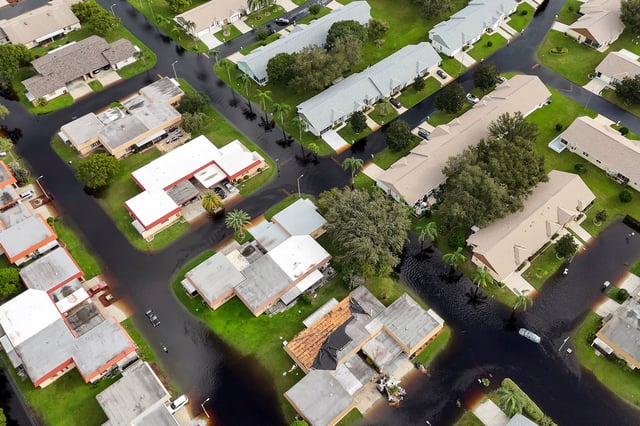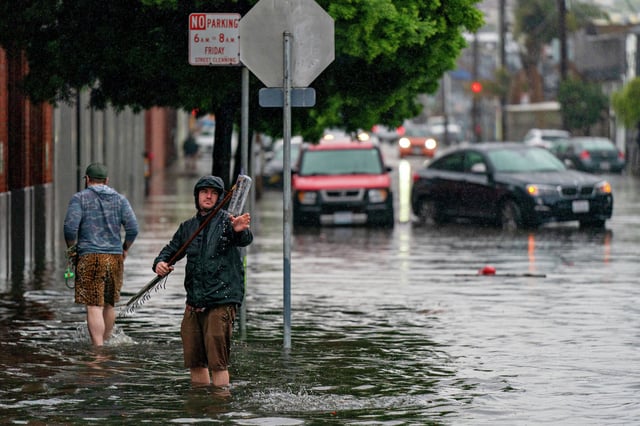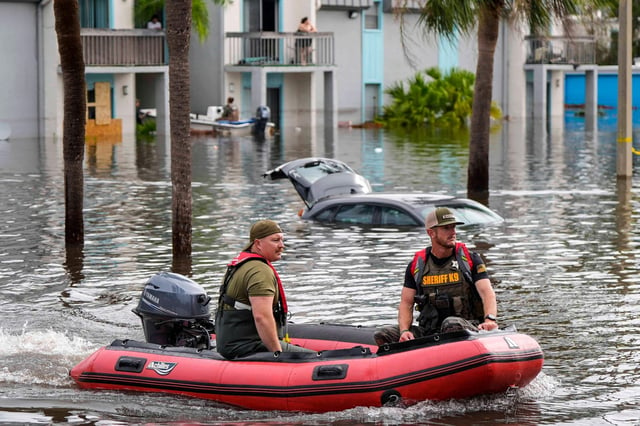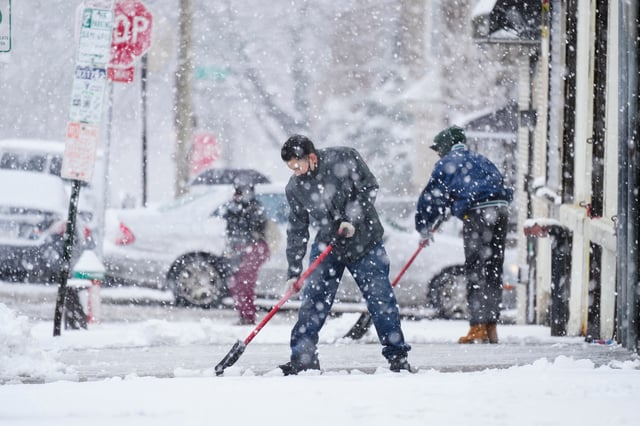Overview
- NOAA’s Climate Prediction Center issued a La Niña advisory after central Pacific sea‑surface temperatures cooled to about 0.5°C below average in September.
- Scientists describe the event as weak, with about a 75% likelihood it stays weak and near a 55% chance it persists through February 2026, followed by similar odds of returning to neutral by mid‑winter.
- Seasonal guidance has been weighted toward La Niña tendencies: wetter conditions favored in the Pacific Northwest and parts of the North, with drier, warmer odds across much of the South.
- In California, forecasters caution that a weak La Niña is an unreliable rain signal, with Northern California and the Bay Area showing high variability and Southern California leaning drier; state climatologist Michael Anderson warns of dry stretches punctuated by atmospheric rivers.
- La Niña often supports late‑season Atlantic hurricane activity, yet experts note this episode’s late timing and limited strength could curb its influence, leaving November storm potential uncertain.



